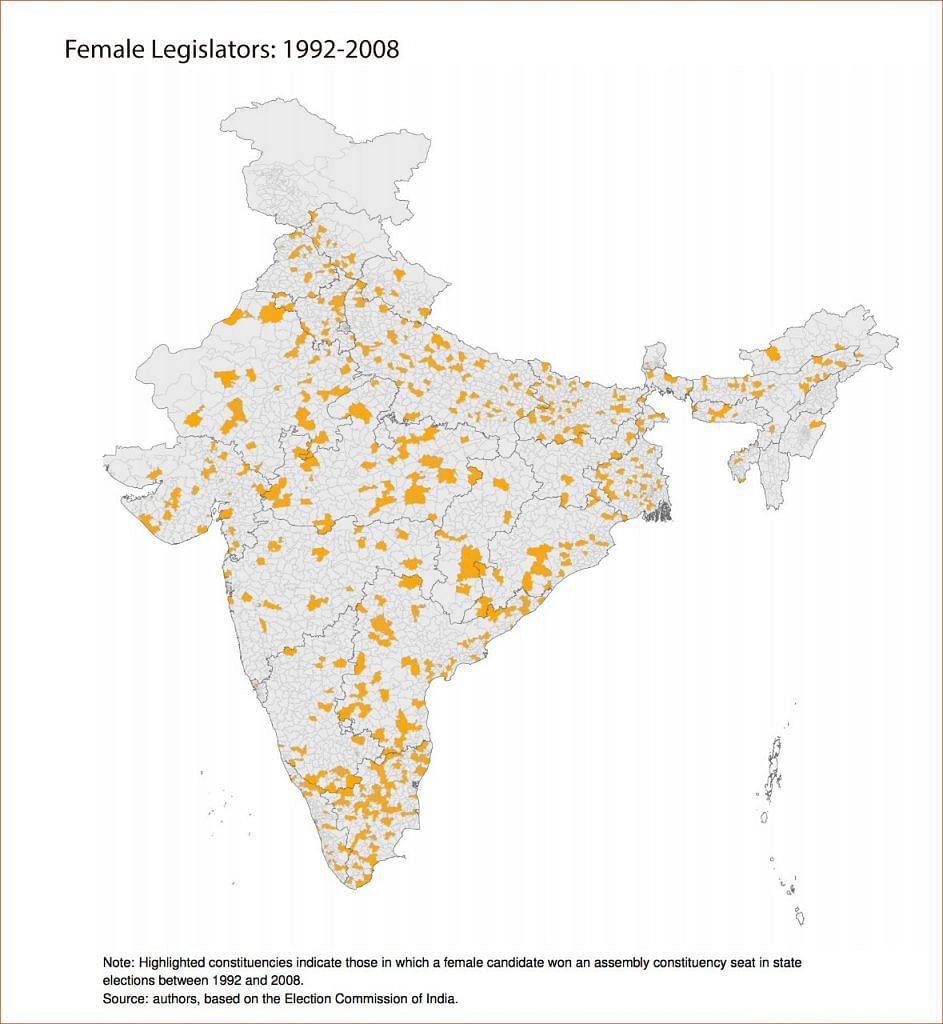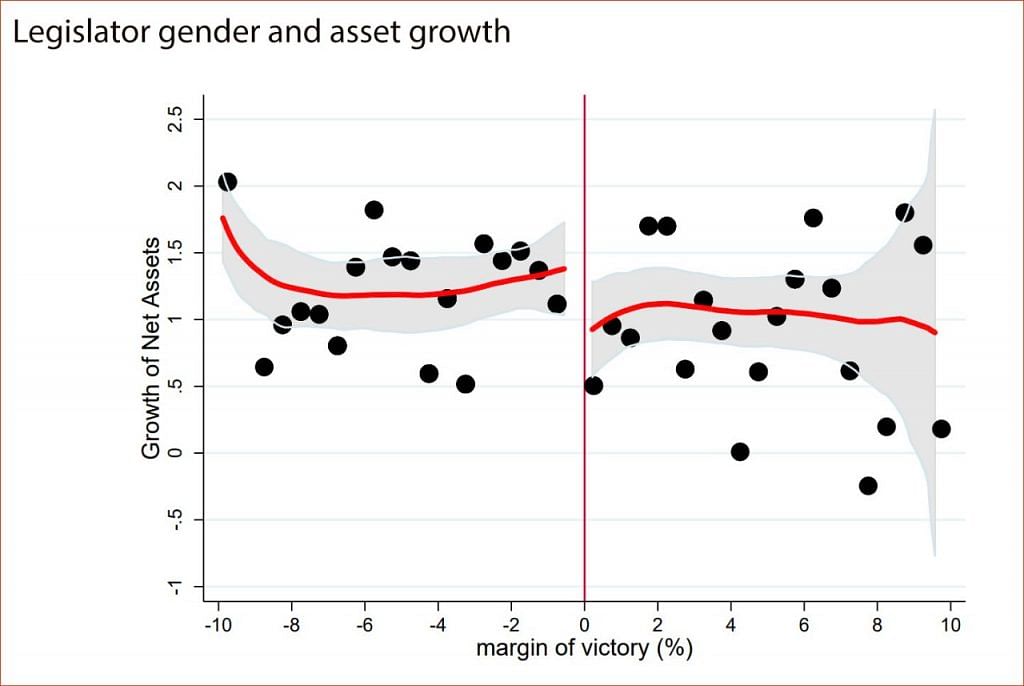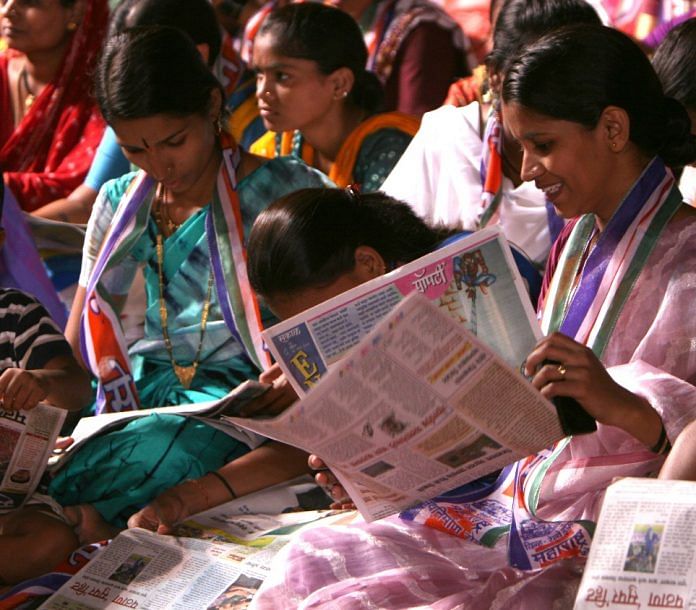A study by UN University finds that women legislators in India raise economic performance in their constituencies by about 1.8 percentage points per year more than male legislators.
An academic paper by the United Nations University World Institute for Development Economics Research (UNU-WIDER) published this month studies the impact of women politicians on economic performance in India’s state legislative assemblies.
The research finds that women legislators in India raise economic performance in their constituencies by about 1.8 percentage points per year more than male legislators.
The researchers examined data for 4,265 state assembly constituencies for the 1992–2012 period which, in most states, spans four elections. They also used satellite imagery of night luminosity as a measure of economic performance.

Here are edited excerpts from the study and its key findings:
On economic growth: We estimate that women legislators in India raise luminosity growth in their constituencies by about 15 percentage points per annum more than male legislators. This translates to a difference of about 1.8 percentage points in annual GDP growth. Given that average growth in India during the sample period was about 7 per cent, our estimates indicate that the growth premium for constituencies stemming from their having a female legislator is about 25 per cent.
On building infrastructure: The result suggests that women are more effective at completing road projects and hence creating infrastructure for growth. It challenges any presumption that men are more effective at delivering growth-producing infrastructure. More clearly, since road construction in India has been shown to produce higher returns in terms of job mobility for men than for women, our findings establish that women are not only good at serving the interests of women. The qualities that lead women to achieve higher completion rates may include efficiency, mission, or lower corruption, all of which are related to effective delivery of public goods.
Criminal background: In the close election sample (and also in the sample of all mixed-gender elections), women legislators are significantly less likely than men to be carrying criminal charges. They are also slightly younger on average. There is no significant difference in other characteristics, including education and wealth.
Overall, male legislators are twice as likely to be carrying charges, while in the close election sample about 10 per cent of women legislators have pending charges in contrast to about 32 per cent of men. Conditional on being criminally accused, women legislators have significantly fewer charges than men.
Corruption in office: Overall, the evidence suggests that women legislators are less likely than men to exploit their office for personal financial gain. It establishes corruption as a likely contributor to the economic advantage of women legislators, given evidence that lower corruption is conducive to economic growth.

Clean governance: If clean governance is an important reason that women-led constituencies experience higher growth, we expect that women make a larger difference in institutional environments where (male-dominated) corruption is pervasive.
The result that women are better than men at producing growth is only statistically significant in the less developed states. One reason for this difference is likely to be that male and female legislators have more similar criminal propensities in the more developed states.
Comparison of coefficient magnitudes suggests that women are more effective than men when the constituency leader is aligned with the state-level party, but the difference is not statistically significant.
There is no evidence that women legislators are more effective when the state chief minister is a woman, so we can reject favouritism between women as a channel for the success of women leaders.
This is an edited extract from the report titled “Women legislators and economic performance” by The United Nations University World Institute for Development Economics Research. You can read the full report here.



